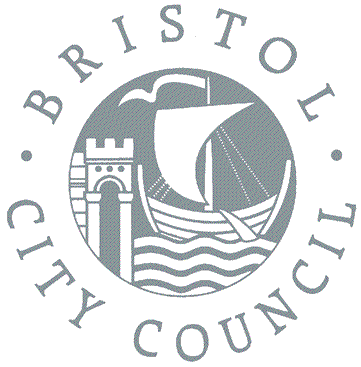Masons Arms in Lawrence Weston
BaRAS staff recently carried out an archaeological evaluation at the former site of the Masons Arms Public House in Lawrence Weston. The site is located at NGR ST 54939 78514.
There is considerable evidence for Prehistoric and Romano-British activity in the environs of Lawrence Weston, such as the Kings Weston Roman Villa, and 2km to the south of the site, the Roman port and fortress of Abonae (Sea Mills). Historically the study area is situated within Henbury parish. During the Saxon period Henbury became part of the Kingdom of Mercia, and in 691 the Bishop of Worcester was granted the land by King Ethelred of Mercia. Henbury remained in the control of the Bishops of Worcester up until the 16th century, when it was granted to Ralph Sadleir. From the 17th century the Henbury Lands became disbursed among wealthy landowners and during the 18th century the parish comprised land mainly used for pasturage and meadow, with some remaining as Severnside marshland and part of it under arable cultivation.

View of the Masons Arms, looking south, December 2010
The earliest detailed depiction of the site itself is Isaac Taylor’s 1772 map of Lawrence Weston that shows the area occupied by an orchard. Earliest evidence for a building on the site is over half a century later on a map of 1838, although the structure could have been much older. A terrace of six houses was erected, the easternmost pair being knocked together, possibly in the 1860s, to form a beer house. However, it was not until the late 1880s that the name ‘Masons Arms’ was first recorded. The early 1950s saw the other four houses demolished, followed by construction of a public bar extension and then a skittle alley and bar. The gardens of the former dwellings were incorporated into the pub garden. Sadly after a period of disuse the public house was subjected to criminal damage. It was removed in late 2010 as it was judged to have become a hazard.

The site after demolition and at the start of the evaluation, end of April 2011
Three trenches were excavated as part of the evaluation, two across the footprint of the demolished pub, and one to the south in what would have been the pub garden. The evaluation revealed masonry and associated contexts at the south-east end of Trench 2. Examination of the historic maps of the area indicates that the masonry is probably part of the foundations of the terrace of houses built on the site between 1772 and 1838. Within Trench 3 were the earliest features found on site, a number of pits and ditches cut into the natural and overlain by a layer containing medieval pottery. At this time, interpretation as some form of water-management system seems the most likely explanation for their purpose.
Tags: post-medieval, public house
- Categories
- Events
Excavations
Finds
Survey
BaRAS is registered as an organisation with the Chartered Institute for Archaeologists
All material © copyright BaRAS 2004 – 2016




